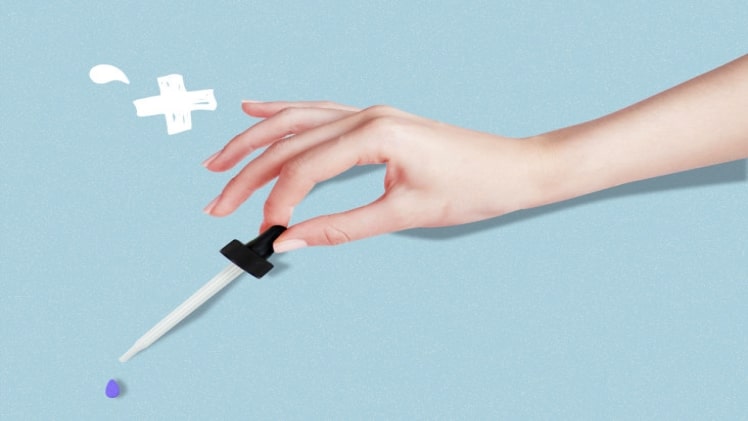There is a fine line between self-medication and drug addiction that turns many people away from recreational psychotropic substances. Psychedelics such as LSD or Magic Mushrooms Canada particularly provide quite intense sensorial and mental experiences that, if not on the right location and with the right company (or solitude), can turn against you and provoke unpleasant and in some cases traumatizing situations.
However, recent research has found that when ingested in very small portions and on a regular basis psychedelics can contribute to upkeep your mental health and enhance your performance in either work or recreational activities. This is often referred to as microdosing.
Here’s some information that will help you have a better understanding of how it works and the benefits you can get from it:
A brief history
Studies on psychedelics as psychiatric treatment have been around since the 50’s. Before the 1971 US Controlled Substances Act was passed and stopped all of the research thousands of patients were given doses to treat a wide array of mental disorders including alcoholism and anxiety. While the experiments were giving mostly positive results they were overshadowed by the rise of popularity of psychedelics in hippie culture and the political tensions it was associated with.
It wasn’t until the early 2010’s that interest in new research re-emerged. Landmark trials from studies in 2014 and 2016 both showed that LSD and psilocybin helped improving mood and anxiety-related symptoms in patients with different severe illnesses after a year of treatment.
How does it work and what is the right dosage?
Psychedelic substances are known to mainly interact with serotonin, a hormone commonly associated with happiness but that is actually responsible for many different process within the human body including sleep, digestion, thermoregulation and memory. The Central Nervous System counts with serotonin 2A receptors which can be bound by different chemicals. A hypothesis suggests that psychedelics target these receptors and stimulates the brain cortex, thus causing hallucinations and other bodily sensations. Other studies suggest that these substances increase neuroplasticity, creating stronger connections between neurons.
With a microdose you would take a small fraction of the standard dosage (usually 5-10%) to slightly stimulate the brain cortex and the serotonin 2A receptors enough to reinforce neuron connections while avoiding the hallucinations and side-effects that a full dosage would cause.
Side effects and precautions
Although studies and surveys have showcased positive results with the treatment some people might experience negative side effects depending on their medical history. Patients with schizophrenia or bipolar disorder can be at risk while consuming psychedelics even at small dosages, possibly triggering a psychotic break. Other patients have claimed to experience migraine, difficulty sleeping, physical discomfort and even anxiety.
The bottom line
The lack of thorough and global study of psychedelics as mental health treatment limits the evidence available to have a conclusive verdict regarding microdosing, so it is essential to seek for professional psychiatric advice before engaging with psychedelics. Hopefully with the pass of time regulations about these substances allow science to gather further evidence and legitimize it permanently.

